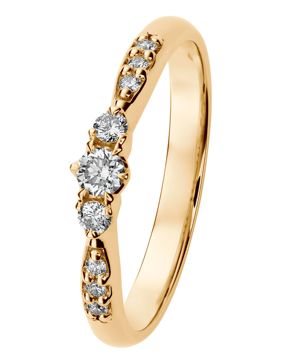-
Watches
-
Sport watches
-
Smart watches
-
By price
-
By price
-
Jewelry
-
By material
-
By material
-
Rings
-
By price
-
By price
-
Other
- Most popular categories
- Wallets
- Watch straps
- Watch boxes
- Jewelry boxes
- All other products
- OUTLET
- Customer account
We deliver to all EU countries!
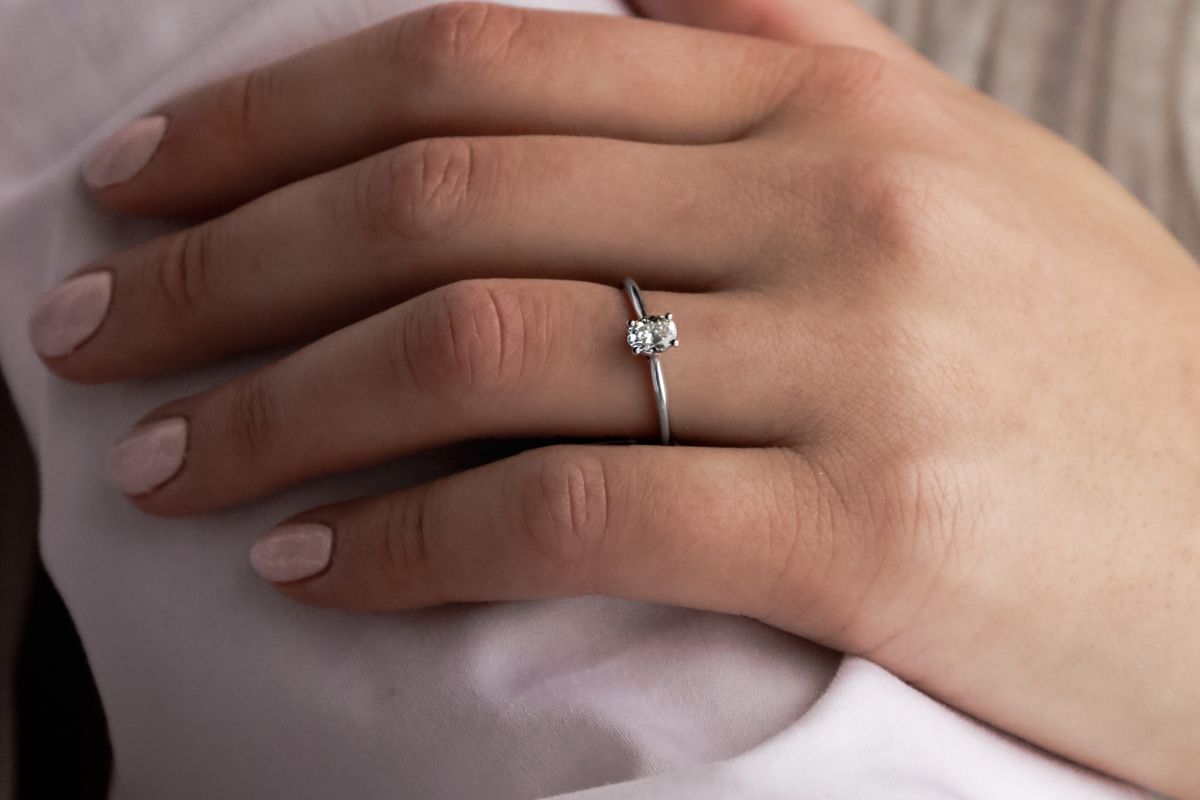
The Four Cs of Diamonds
How to Identify a Quality Diamond? Utilize the 4Cs rule of diamonds as your guide, and you will surely find a quality stone for your ring.
How to Identify a High-Quality Diamond?
It is difficult to give a straightforward answer to this question, as many factors come into play. Here, we have compiled a brief summary of the four C's mnemonic commonly used in diamond evaluation, which helps understand what characteristics to examine in diamonds to find the best one for you.
The four C's stand for cut, color, clarity, and carat, which are all significant in terms of a diamond's quality, value, and visual appearance. On this page, we briefly introduce the main features of each C and you can read more about them in GIAs own blog here. There is also a more extensive blog post for each C, to which you can find a link at the end of each section.
1. Cut
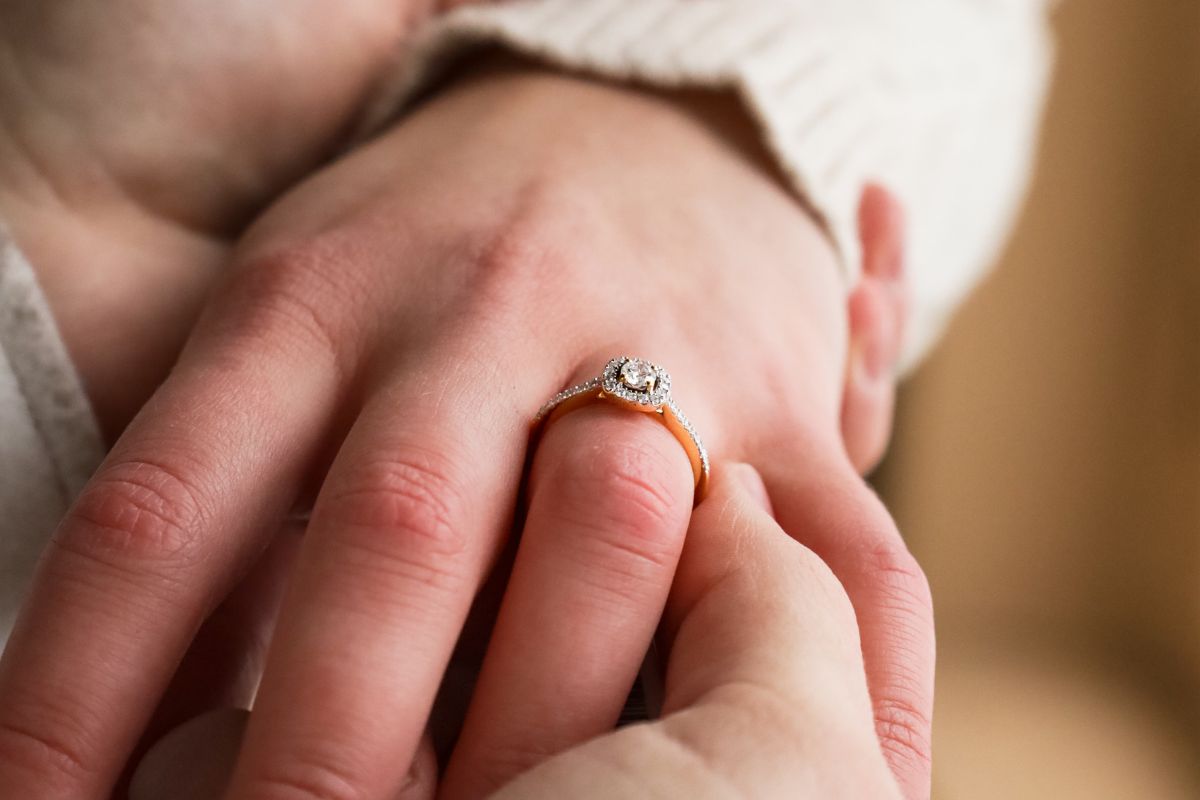
The cut of a diamond is one of the most significant factors that define its aesthetic beauty and brilliance. The importance of the diamond's cut in its sparkle is invaluable as it plays a crucial role in the diamond's ability to reflect and refract light, which is essential for its allure and shine. The precision of the diamond's cut, such as the quality and design of its angles, greatly determines how light reflects and bounces back to the observer's eyes. A perfectly cut diamond shines incomparably, making the cut one of the most important characteristics of a diamond.
Even if a diamond is flawless in color and clarity, a poor cut can significantly reduce its brilliance. In an optimally performed cut, light reflects from the inside out of the diamond, creating a dazzling sparkle that is the essence of the diamond's beauty.
Read more about diamond cutting here!
2. Color
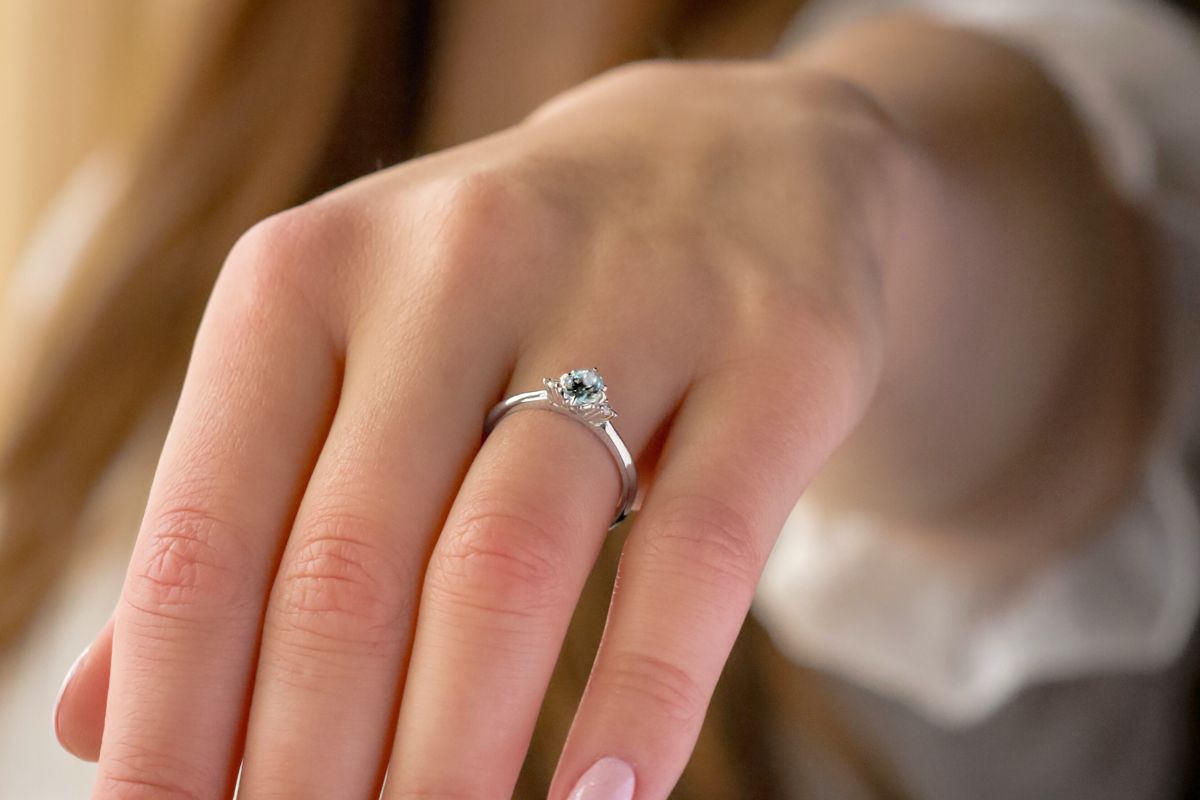
In choosing diamonds, their color plays a central role for many. Colorless diamonds have typically been the most valued for their purity. Clear diamonds are also known for their unique ability to reflect the maximum amount of light, enhancing their brilliance, while colored diamonds, such as pink or blue, offer a unique spectrum of color.
The coloring of diamonds is typically measured and compared using the GIA scale. The GIA scale has become the standard for comparing gemstones and is used to assess the color of diamonds, arranging them from D (completely colorless) to Z (strongly tinted).
Using the scale aids in the objective comparison of diamonds and ensures that the diamond's color is accurately assessed, which is a crucial part of its selection process and final value.
Read more about diamond color here!
3. Clarity
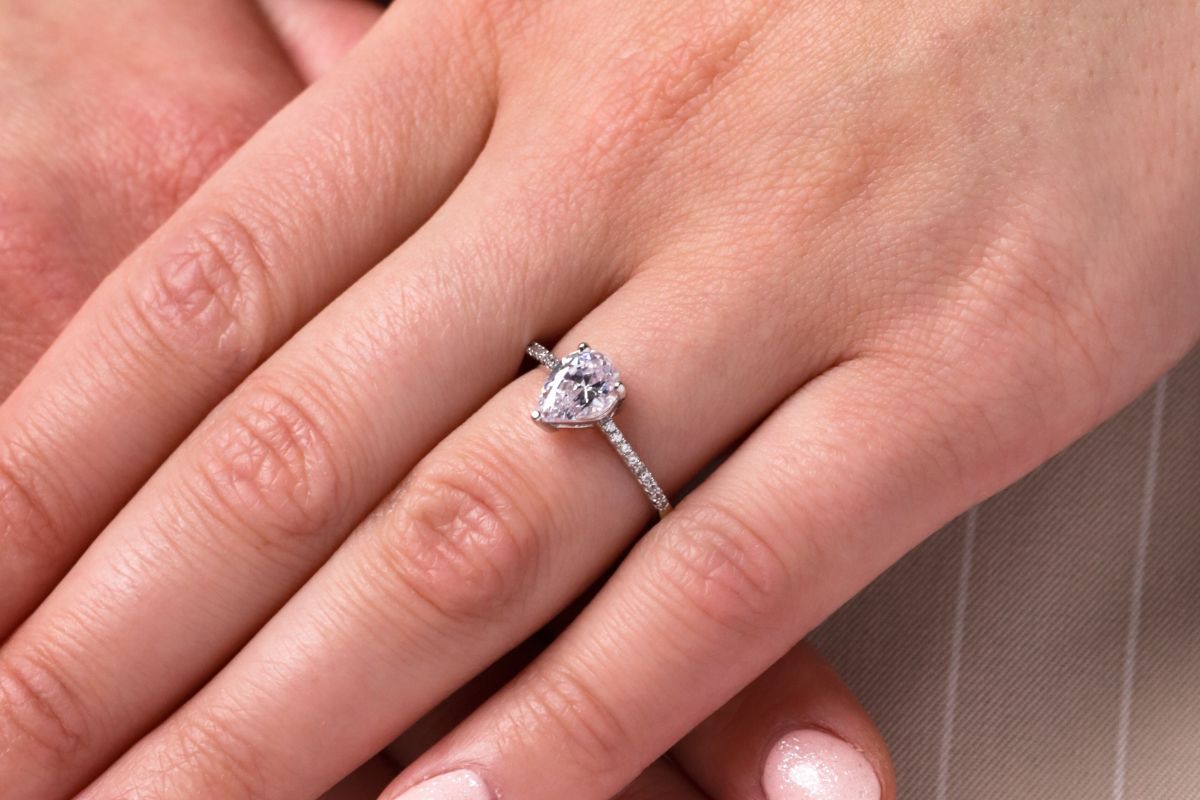
Clarity is a central factor in evaluating the quality and beauty of diamonds. Naturally formed, diamonds are subjected to high pressure and heat, which can lead to the crystallization of other minerals within them or cause minor damages. These natural characteristics, such as internal inclusions and external blemishes, are present in most diamonds, though they are typically not visible to the naked eye.
The Gemological Institute of America (GIA) has developed a diamond clarity scale widely used as the industry standard. The scale has 11 grades that assess the number, size, and impact of the diamond's internal and external characteristics on its appearance. While perfect clarity is rare, each grade provides insight into the diamond's unique features.
In choosing diamonds, it's important to understand that natural impurities do not necessarily detract from the diamond's attractiveness or value. The GIA's clarity scale aids in comparing different diamonds, allowing for a choice that suits personal preferences and budget. This understanding helps appreciate the uniqueness of each diamond in the selection process.
Read more about diamond clarity here!
4. Carat
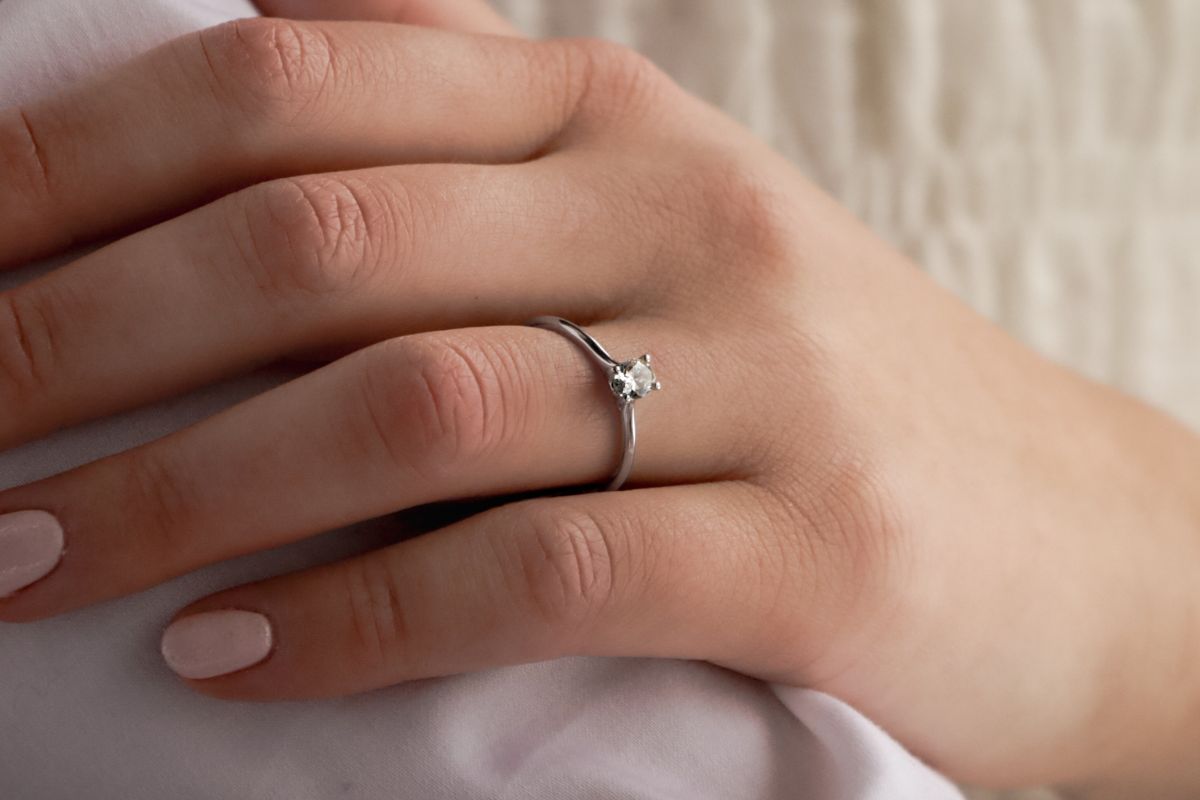
In assessing diamond size, the carat unit, equivalent to 200 milligrams, is used. The carat is a standard unit for measuring the weight of diamonds and other gemstones. This unit is an essential part of diamond comparison and evaluation, providing a more accurate sense of the stone's size and thus facilitating their comparison. Diamond carat weight is typically expressed to two decimal places, allowing for very precise determination of the gemstone's size.
However, it is worth remembering that while carat weight provides basic information about the physical size of a diamond, the actual visual impression can vary significantly depending on the type of diamond cut and how it is set in jewelry. For example, certain cutting styles can make a diamond appear larger.
Many assume that a diamond's value automatically increases with higher carat weight. In reality, many other factors determine a diamond's value. For instance, the color, clarity, and cut of diamonds are equally significant factors in determining a gemstone's price. Two seemingly similar-sized diamonds can vary significantly in value depending on, for example, color imperfections, quality of cut, or their clarity. Therefore, carat weight is just one component of the overall assessment, where a diamond's beauty and uniqueness are determined by the sum of all four Cs.
Our most popular Diamond rings:
Don't forget to check our popular ring categories!
Keywords
homepage



